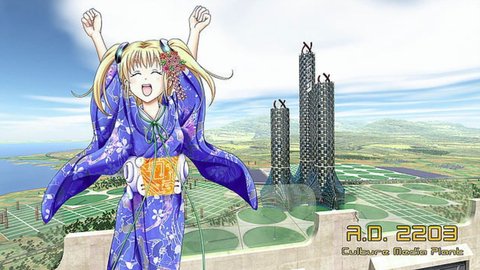The Shojinmeat Project Inside Story
September 7, 2021 - 16 min read

Featured
Editor’s note: Most English-language news and reporting about cellular agriculture relays a common narrative of the industry’s development, from Mark Post’s pioneering the first cell-based burger in 2013 to the first regulatory approval and cell-based meat product launch in Singapore at the end of 2020. But this is just part of the technology’s history. There’s a largely unheard story unfolding in Japan that shows a whole other realm of possibility for how an industry can be born — one in which citizen scientists grow meat at home, come together as a community, and ultimately play a key role in policy-making processes that unlock public funding, generate consumer awareness, and open the door for product launches. This movement is called the Shojinmeat Project and its founder is Yuki Hanyu.
This article is the story of some of the Shojinmeat Project’s key milestones and achievements told in Hanyu’s own words. Much of its content was originally authored in Japanese but has been synthesized into English in a collaborative process with…
By registering, you agree to receive occasional emails from us. Never any spam. You can unsubscribe anytime.


















